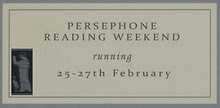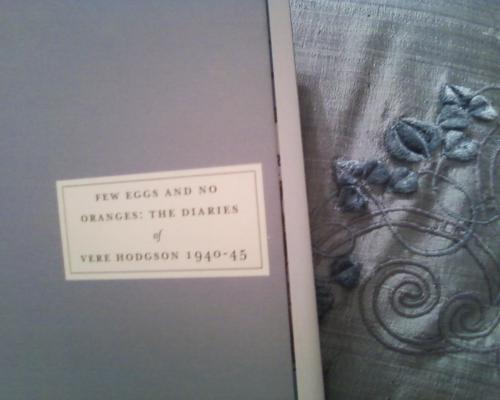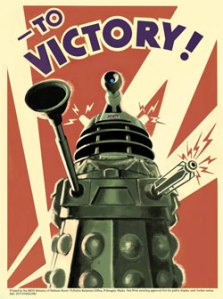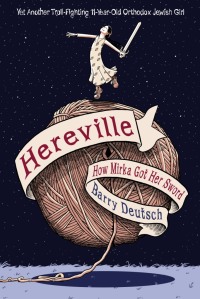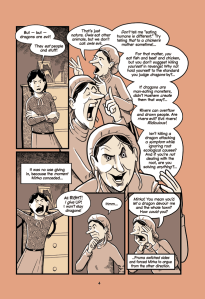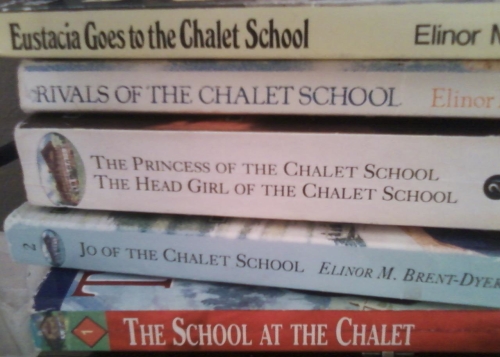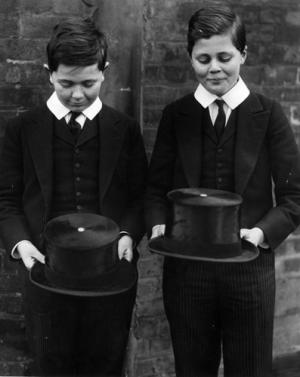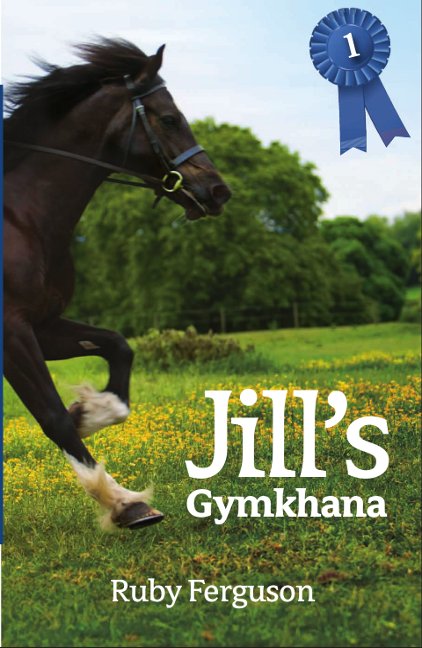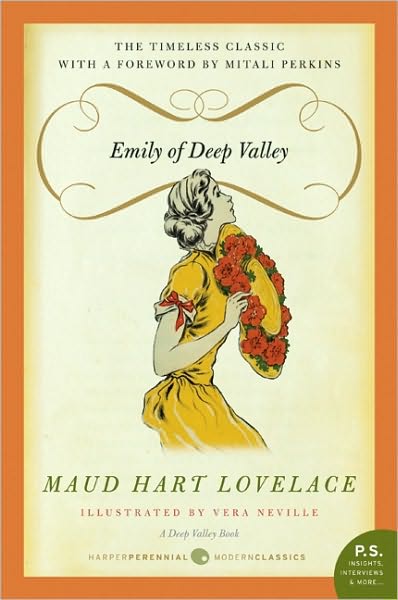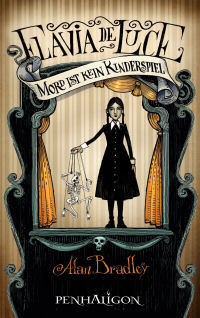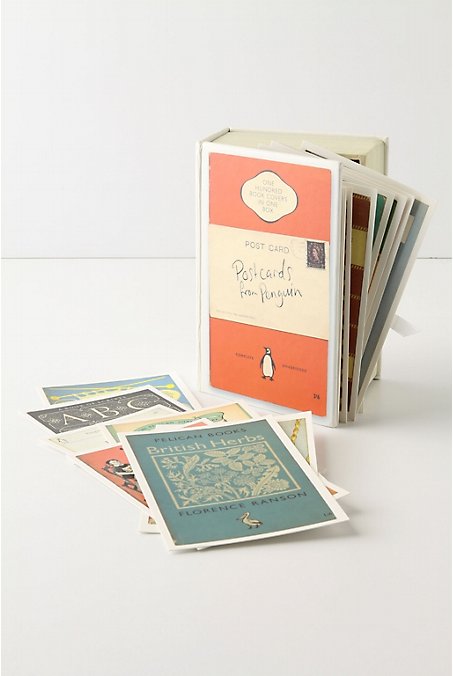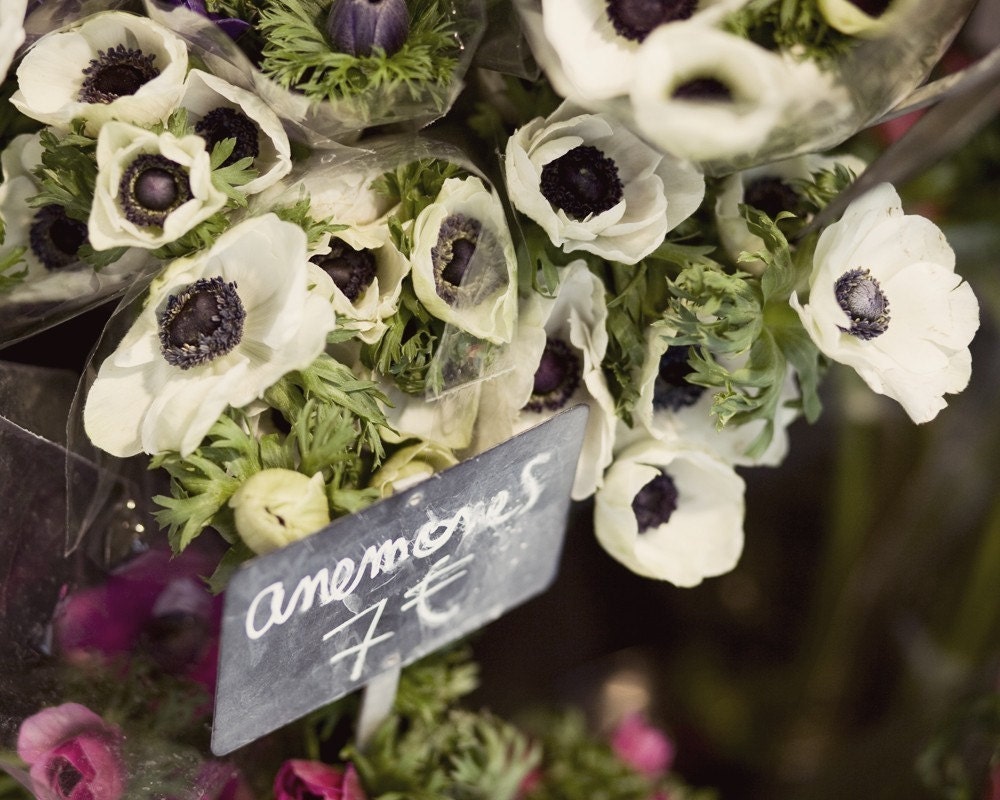I’ve been looking forward to Persephone Reading Week for a while, especially having recently heard a friend describe, in great animation, a talk that Nicola Beauman gave at Newnham College. Her description of the talk gave a new bite to Persephone Reading Week. I blithely started Few Eggs and No Oranges: The Diaries of Vere Hodgson 1940-45 before I realized that I had been oblivious to the details, and it was in fact Persephone Reading Weekend. A 600 page book was perhaps not the most sensible choice, then.
On first starting the book, I remarked to a friend that it seemed all the author ever did was wander about various bombed out streets inspecting the damage. But I’m glad I stuck with it, because I ended by finding the diaries absorbing, and Hodgson’s attempts to keep track of the changing face of London to be extremely moving.
Vere Hodgson wrote the diaries to send to her cousin Lucy, who spent the war in British Rhodesia. I was initially surprised by her reporting, almost clinical tone, expecting something more personal. It felt a bit like reading bulletins. To flesh it out a bit, I tried to match Hodgson’s entries with news events of the day, so I could see to what she was referring. I used Google Maps to see her route to and from the Sanctuary, especially considering how often she had to make that journey during the middle of the night, and sometimes at a run; and I was delighted to discover that the police station that was opposite her little flat is still there. I heard Princess Elizabeth’s first radio address to the nation (“such a sweet voice”) and listened to Churchill’s ‘blood, toil, tears, and sweat‘ speech along with her. But as the war went on and Hodgson’s voice became more assured, I felt drawn into the sweep of her days and no longer needed to look outside her diaries.
I so wish I had known of these diaries when studying the war in school and college. These, and other diaries collected, should be required reading alongside textbooks. While they do present only one version of the home front, and one of fairly comfortable circumstances at that, what they show is the daily challenges and delights, something textbooks can’t do. It never occurred to me how difficult it must have been to sit exams at the time, in unheated and dimly lit rooms, constantly wondering if there would be an air raid interruption. Or, in addition to the dwindling clothing/fabric/wool, how hard it must have been to try to replace crockery, rain boots, and other daily essentials. And they point out how aware people were of failures: of the efforts at the front and battles lost, of what was actually happening in concentration camps, and of the failures of the government and safety efforts. Hodgson quietly reports shelters that were hit throughout her diaries, but she’s not able to conceal her emotion when recounting the bombing of a school, almost as if she’s trying to write her way to some kind of understanding of the horror:
Wednesday, we had a daylight raid. Loud round here, but we did not realize the devils had done such awful damage until later in the day, when rumours trickled through that a school had been hit, with great loss of life. A bad business. Six raiders snooped into London. Not realized where they were making for, so no alarm given. Thus the School had no chance to get the children to the Shelters. Seems to have been at Grove Park, where 150 little girls were assembled for lunch – and the centre of the building caved in. Other bombs outside killing people. A dreadful scene. Every kind of help raced to the spot – great cranes to lift masonry. They say 40 little girls were killed outright, and six of the staff. All to be buried together on Monday. Rescuers worked all through the night, though Warning went – frantic parents joined in the search. The school was a tall building, and the bomb went straight through. For those who died they never knew what struck them…It is difficult to see the reason for these things.
The diaries are remarkable for the fact that Hodgson, while clearly aware about the very real danger she faced every day, managed to create a full and interesting life for herself in wartime, and one brimming with adventure and friendship. She was constantly on the go, volunteering for first-aid courses or anything where she could help out. She took in friends, befriended pets, helped out family members, braved nighttime raids to go to the theatre, read the latest books, stood in line for rapidly diminishing rations, and generally faced the constantly shifting landscape of her life with extraordinary cheerfulness. She found happiness in cups of tea after a cold walk, a Pepys reading on the radio, and the occasional treat of a longed-for food gift. From June of 1944, after years of rationing…
Lucy’s butter is excellent. We are almost afraid to eat it. Auntie Nell puts hers out on a special plate. She urged me on – but we both gaze at it with awe, and dig in our knives gingerly in case it turns out to be a mirage on the table.
I felt especially lucky this weekend as I read, enjoying my fresh orange juice and buttery toast. Not just for my safety and unrationed food/books, but that there were people like Vere Hodgson who made it possible for me to get a glimpse of a remarkable time.
